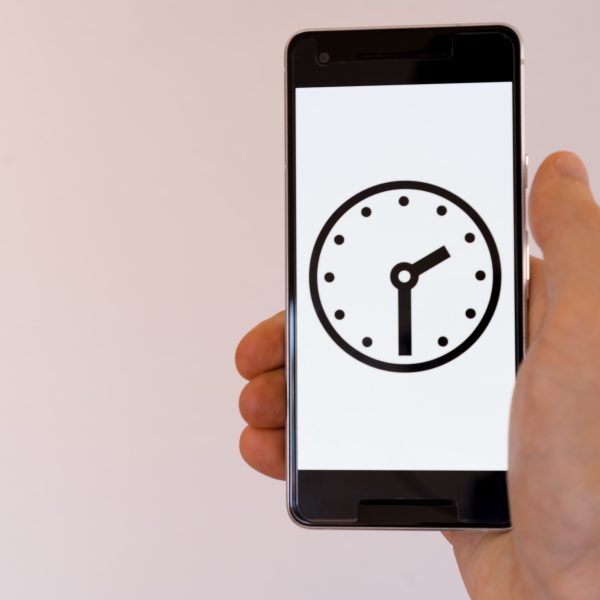We know it’s important to teach children how to be safe around technology. But it can be really hard to know where to start, or when.
Our new project shows how parents can begin teaching children about screen use, consent, image sharing, and where you go online from as young as three years.
It doesn’t need to be a big “sit down chat”, either. It’s something parents and carers can model as they go about their day.
Use screens together
Our project, Young children in Digital Society, produced resources for early childhood educators to teach children about living well and safely with technology. These ideas can also be used by families at home.
One of our key messages is the importance of young children using screens with adults.
When children play games or watch digital content with trusted adults, they have opportunities to discuss information and ideas that can extend their thinking.
For example, you can talk about why the characters in a program did what they did. Or, after watching a show featuring a dog, you could go away and look up different dog breeds together.
Using technology together also means children have active supervision when online. As the animation below shows, the mum first checks “Kitten Quest” is a safe game for her four-year-old, then turns off in-app purchasing and in-game chat functions. Then she sits down to play it with her child, so they can enjoy it together.
Talk as you use screens
Our resources also emphasise the importance of what we call the “talk aloud protocol”.
This means as they use screens, adults explain to children what they are doing, what they are noticing and why.
For example, if you are doing your online supermarket order you might get your child to help select how many apples you will put in your cart. You could point out to them how it costs more money the more you put in your cart. You could also point out how the website is full of other advertisements and promotions, encouraging you to buy more things (that you do not necessarily need or want).
Or, if you are searching for information on a video streaming platform together, you may want to remind your child not to be distracted by the “suggested for you” content, or banner advertising on the page.
In this Play School clip, Big Ted talks about how information is presented on the internet as he searches for more details about a dinosaur.
He talks about going to a trusted source – in this case, a website he has used before – and staying focused on the information you are seeking, not on all the other things the internet might suggest for you (such as a bottle of fancy “Dinosaur Water”).
Only talk to people you know
Another message our resources emphasise is how important it is for children to know who they are interacting with online.
This is about showing them the internet is just another part of real life, rather than a different world away from it.
An example of this for adults and children alike, is not responding to emails or opening links if we don’t know the sender.
In the clip below, Maurice sends Big Ted a photo from his field trip. Maurice uses the “talk aloud protocol” as he explains the components of the process, from taking the photo, to finding Big Ted’s email address, attaching photos and then sending the email.
At the other end, Big Ted announces he has an email and it’s from his friend Maurice. He is excited there’s a photo attached and he knows who it is from before he opens it.
You can start early
Even before children start school, parents can help lay the building blocks for children to stay healthy and safe online.
This includes using screens together, talking about what’s happening on them and highlighting things to watch out for.
The Young children in Digital Society project was a collaboration between researchers and groups such as ABC Early Childhood, the Australian Federal Police, eSafety Commissioner and the federal government’s parenting website, Raising Children. The authors wish to thank to ABC Early Childhood Education producer Laura Stone for her help with the research mentioned in this article.![]()
Kate Highfield, Associate Professor, Early Childhood Education Academic Lead, University of Canberra and Susan Edwards, Professor of Education, Australian Catholic University
This article is republished from The Conversation under a Creative Commons license. Read the original article.




















